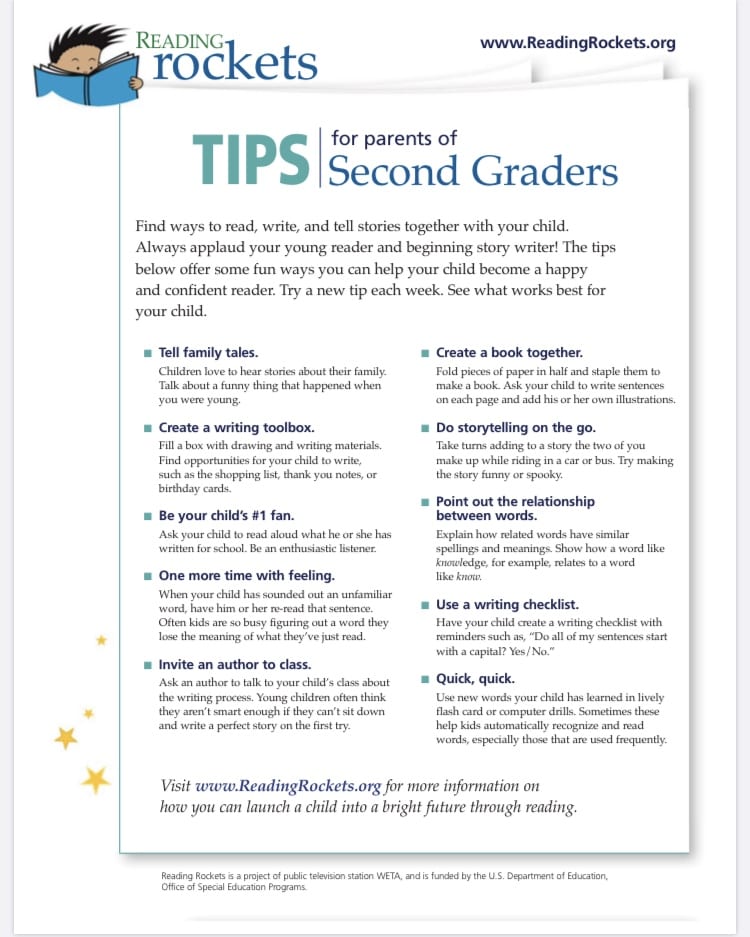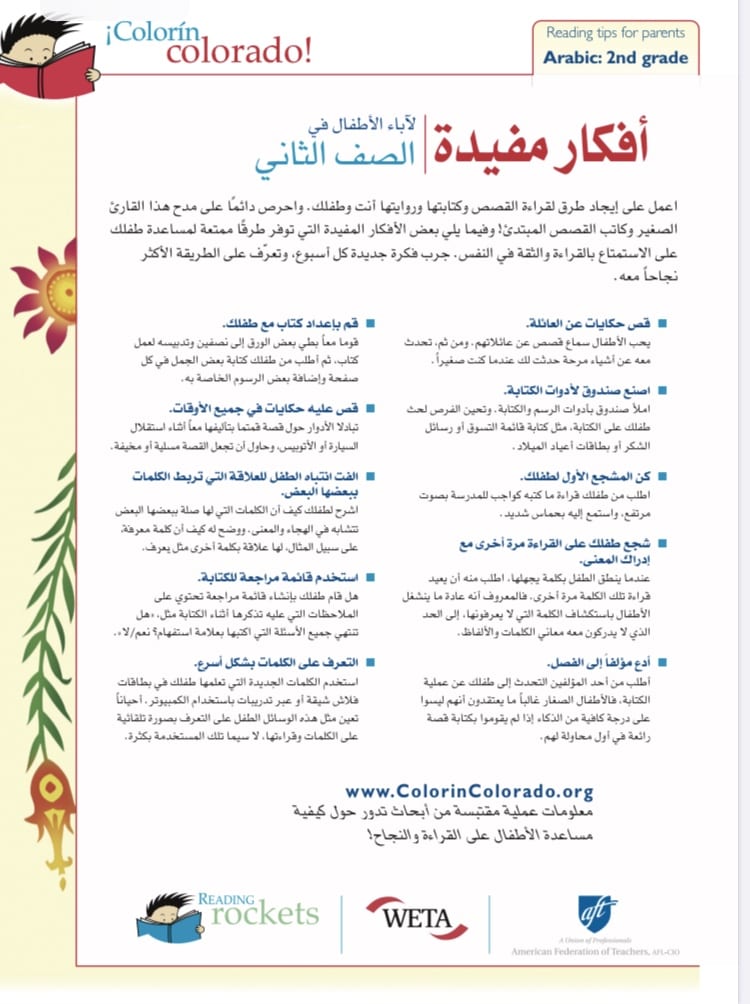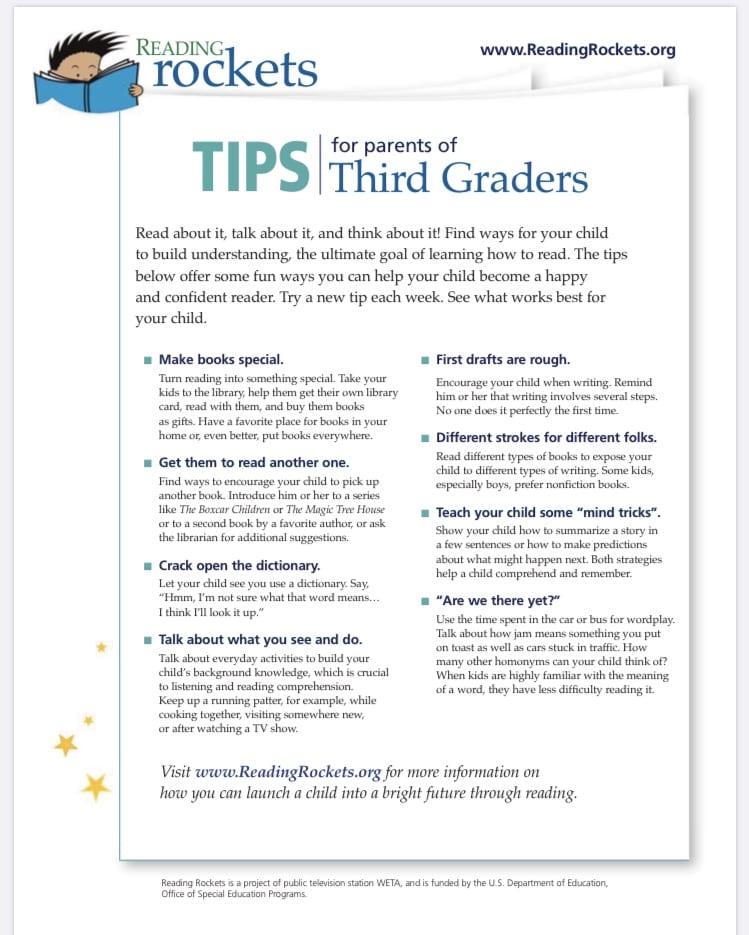Archives
now browsing by author
World Book Kids
If you want to learn more about a topic, look at maps, learn about interesting people, compare multiple topics, play a game or put together a puzzle, this site has an abundance of information just waiting to be explored.
https://www.worldbookonline.com/kids/home
Put together a puzzle or just explore on your own.
- Go to games.
- Select puzzle.
- Choose a puzzle and have fun putting it together.
How Parents Can Help Their Kids While Managing Distance Learning
- Build a routine
- Trust the teachers
- If you’re stumped, turn it over to the teachers
- Take frequent ten-minute walks, without a phone
- It requires the whole family
- Remember children need wait time
- Stifle your own perfectionism
- Reinforce positively
- Keep it low-key
I read this article this morning and found it very helpful.
eMedia
Dearborn Public Library provides library cardholders free access to emedia. If you don’t currently have a library card they are giving out temporary cards to those that apply online. https://dearbornlibrary.org/

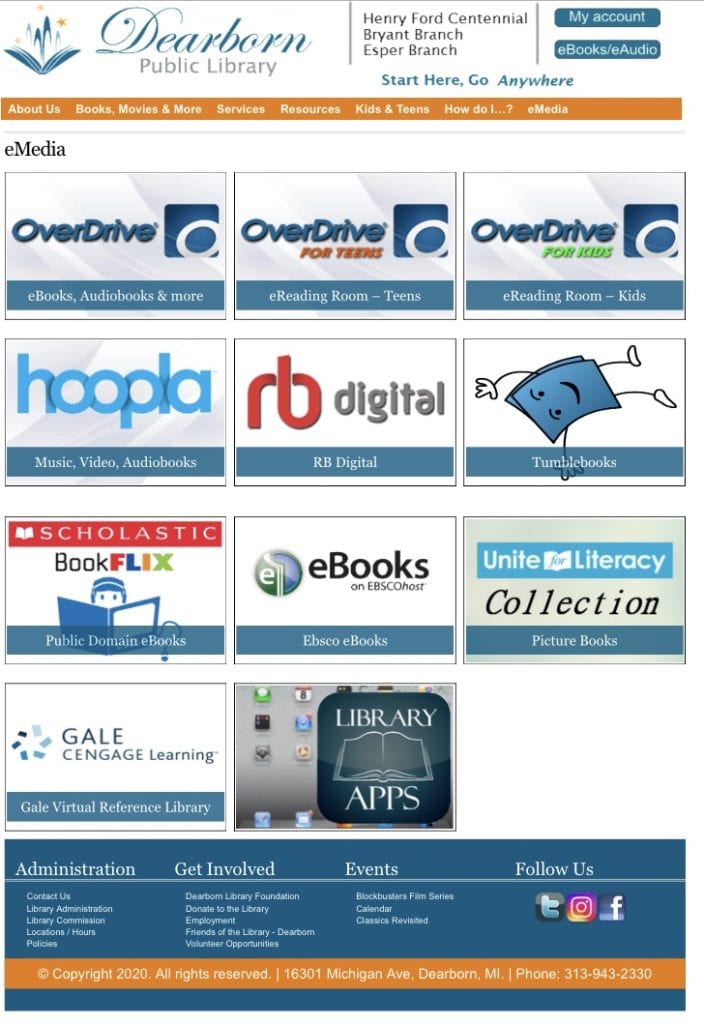
Pebble Go and Pebble Go Next
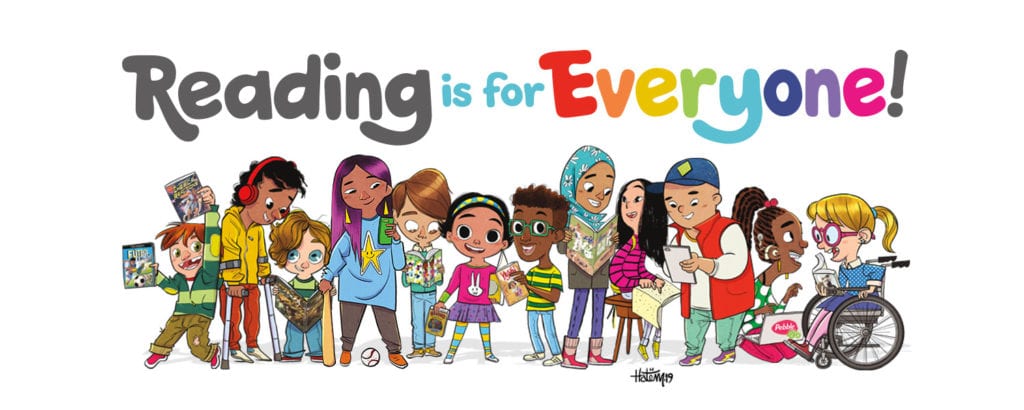
Student Access Instructions
- PebbleGo (English & Spanish): Lower Elementary
- Pebble Go is for grades K-3.
- Visit www.pebblego.com and click “Sign In”
- Username: engaged
- Password: learning
- PebbleGo Next: Upper Elementary
- Pebble Go next is for grades 3-5. Students can access information on the below topics. The site also provides interactive games and quizzes.
- Visit www.pebblegonext.com and click “Log In”
- Username: engaged
- Password: learning
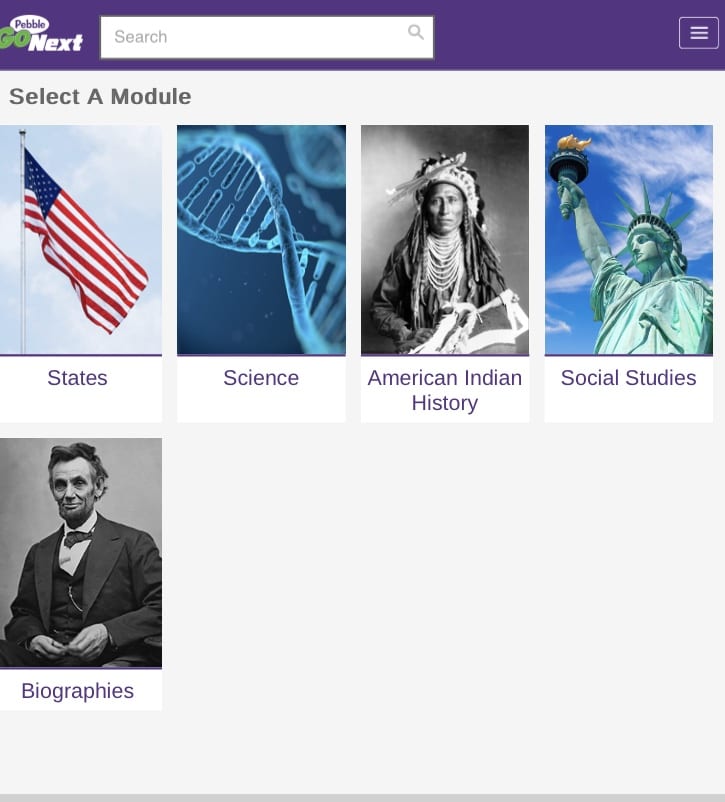
Reading Strategies
Create a Reading Nook
Setting aside a special spot for reading can help reading feel like a special activity. Work with your child to pick a spot in your home to be the designated Reading Nook. It should be:
- Comfortable: a bean bag chair, corner on a couch with a special blanket and pillow, outside on the porch (weather permitting), kitchen table with pillow on chair, corner of the house with pillow
- Well-lit: lamp, window, phone light with full battery
- Distraction-free: far from the TV, no phones nearby (unless that is how they are reading the book, of course)
- Quiet: if there is noise that you cannot prevent, research suggests classical music (no words) can act as a wall to decrease the distracting effect of other sounds. Also, consider using earbuds or headphones.
Again, the most important thing here is to help your child build buy-in by giving them as much input as possible. Let them make as many of these choices you can tolerate!
Resource:
Nickelsen, L. (n.d.). Professional Development – Transformational Training & Coaching. https://maximizelearninginc.com/
Reading Strategies
| Choosing Good Fit Books |
| Children need a book to have two qualities if they’re going to start and keep reading it: to be about a topic that interests them and to be at their “just right” reading level. Let’s talk about interest-level first. I can’t stress this enough: under the current circumstances, let your children read whatever is of interest to them. Even if you work hard to “broaden their horizons” at other times, don’t feel badly if they read 15 Pokémon books in a row now. In this moment, the point is that they are reading. Letting them choose topics they are naturally interested in will keep them reading far longer. But what if the books you have at home aren’t getting much interest from your children? Good news: you have access to Epic! https://www.getepic.com/ and Raz-Kids https://www.raz-kids.com/. |
| Second, let’s talk about picking books that are at the “just right” difficulty level for your children. There are many complicated systems that schools use to track your children’s reading level. While these systems are fantastic, there’s a simple trick you can use at home that will help you to know you’re picking the right level of books. It’s called the Rule of 5. Rule of 5 If there are 5 or more words on the second page of the book that your children do not know, they COULD choose an easier book (or have a parent or older sibling read that book to them!). The Rule of 5 can be controversial because if students cannot read the book with some fluency and ease, they could abandon the book quickly versus stick with it. On the other hand, I have seen many students in my classroom stick with extremely tough text because of their interest. You know your child best, so enjoy facilitating the book choosing process! Reference: Nickelsen, L. (n.d.). Professional Development – Transformational Training & Coaching. https://maximizelearninginc.com/ |
Reading Strategies
| Prepare the Brain for Reading by Previewing First |
| Preview the book before reading: When we preview information (or in this case, the book), we are prepping the brain for the bigger picture of what is going to be read. Teach your children the following steps for preparing their brains to read any book (this is a life-long skill that many adults do naturally): Book Walk: Flip through the pages of the book to look at the pictures, chapters titles, captions, summaries, subheadings, etc. These “walks” through a text prime the brain and promote the big picture in a reader’s mind. Personal Connections: Ask questions like, “What do you already know about this topic, author, or ideas within the book? What do you think the book/chapter will be about? What do you think you might learn about this topic?” Vocabulary: Define a few, challenging vocabulary words that you notice during the Book Walk. Learning critical words before reading (or even during reading) drastically improves comprehension. Quick tools for definitions: dictionary.com; vocabulary.com; ninjawords.com. Reference: Nickelsen, L. (n.d.). Professional Development – Transformational Training & Coaching. https://maximizelearninginc.com/ |
Keep Reading Positive and Fun!
Give your child lots of positive encouragement and take lots of breaks! Have fun completing the checklist!
Words of encouragement:

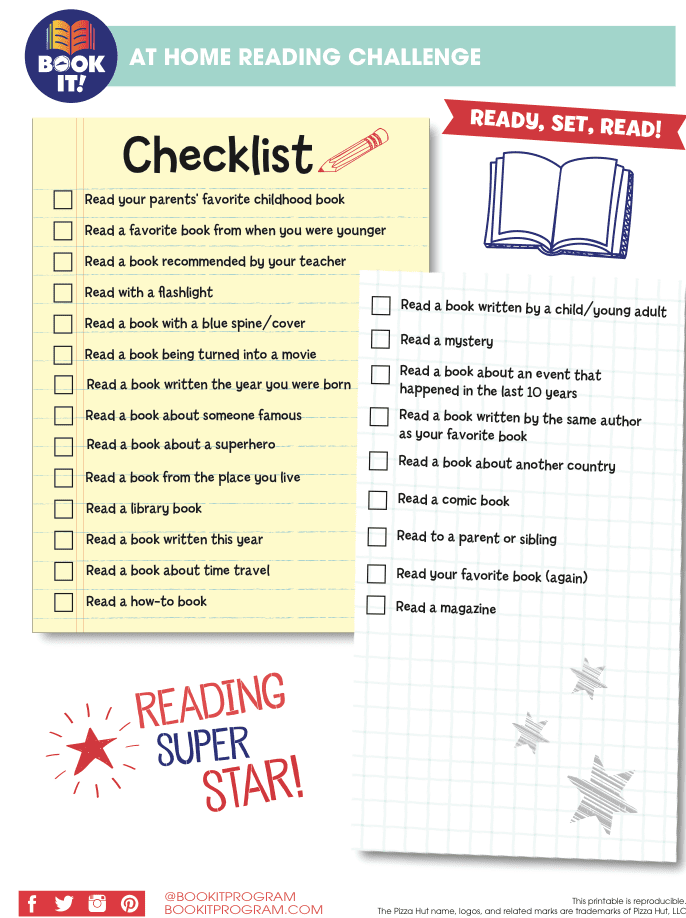
Create Your Own Comic!
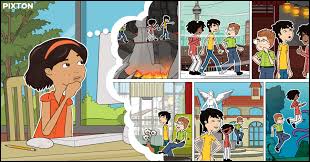
Have a little fun and create your own story!
https://www.storyboardthat.com/storyboard-creator
http://www.readwritethink.org/files/resources/interactives/comic/


